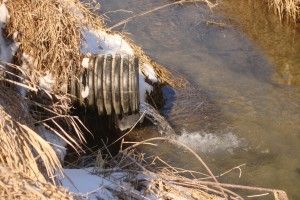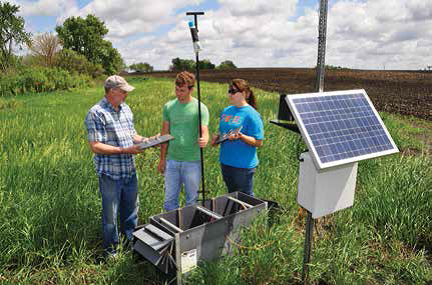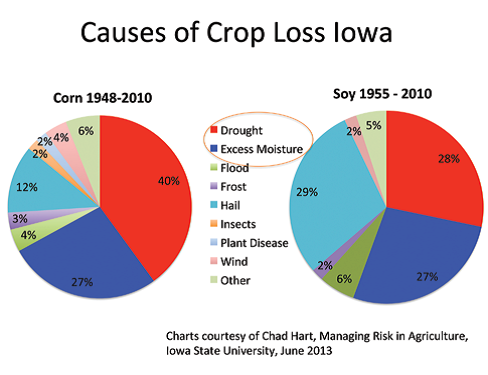Drainage Gains In Water Management
Original source: Crop Life
Of the many practices available to stem nutrient losses, drainage water management is getting more attention. What’s ahead here? Charlie Schafer, president of Agri Drain Corp., Adair, IA, says site-specific structural practices — using an engineered watershed-scale systems approach — will manage and treat water that starts at the top of the slope where rainwater falls.
In fact, automatically managed, swarm intelligence-based operating systems are being designed with built-in forecasting that drain, hold, and add water back into systems. Schafer says they offer quantifiable reductions that will provide the greatest benefit and lowest cost to producers and downstream communities.
But beyond drainage systems, he says growers can treat and reduce nutrient concentrations by installing edge-of-field practices such as bioreactors, saturated buffers, and nitrogen treatment wetlands. These options give producers the ability to manage water levels, maximize yields and reduce nutrients leaving their fields.
Then too, he adds, NRCS practices such as tile outlet terraces, improved grass waterways, ponds, water, and sediment control basins and wetlands will reduce nutrient loss and improve water quality. The array of choices is encouraging.
Ultimately, “if we utilize available practices, technology and water quality trading, there will be no need for regulations,” Schafer says.
Traditional funding sources, including USDA, will continue to support conservation practices. “But we need a game changer to get us to where we need to be, in an acceptable amount of time, due to increased weather variability and a growing world population,” he believes. “When we can manage, store, treat, and reuse water on-farm, the producer and downstream communities will benefit and will share in the associated costs through a market-based approach.”




